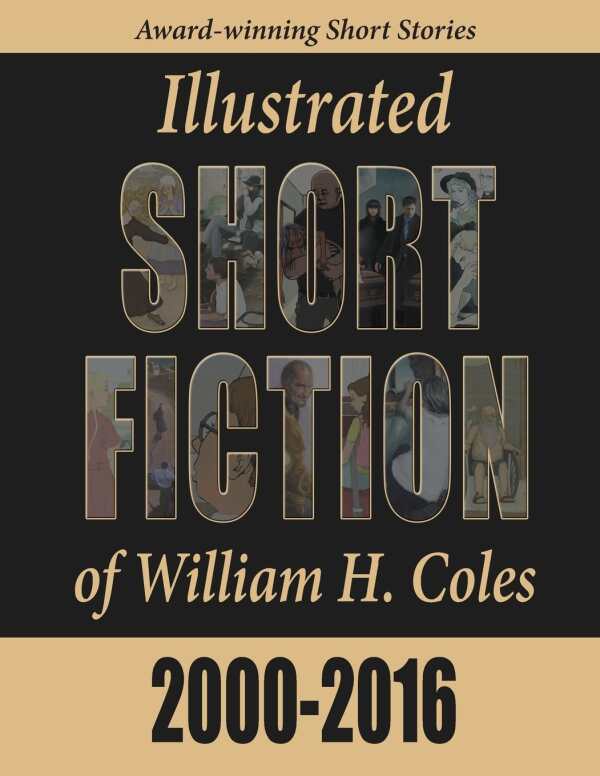Illustrated Short Fiction of William H. Coles, 2000-2016
The strength of the collection comes from the directness of its varied narrative voices.
Illustrated Short Fiction of William H. Coles, 2000–2016 is a literary collection with unconventional and morally gray narrators that only scratches the surface of its true potential.
From the story of a young Chinese girl forced to sell her body to that of a stagnant small town where people rarely leave, the collection features over thirty stories that span American life across generations and experiences. While the protagonists aren’t always likable, they each lay the groundwork for potentially heartfelt and morally complex narratives.
The collection begins with “The Gift,” a story about a prominent religious family whose teenage daughter ends up pregnant. Very little detail is actually shown on page; the tale unfolds as more of a summary than an active plot.
Similar to several other protagonists throughout the collection, Catherine, the daughter, is unsympathetic and prone to sexism. She prides herself on being better than other girls—referring to them as sluts and whores—and her thoughts and motivations are only minimally explored.
When Catherine’s daughter is born disabled, there’s an opportunity to explore resultant challenges sympathetically; instead, the story shifts to focus on Catherine’s mother and her “disability” when it comes to loving others, rendering the baby more of a prop. This evasion of deeper character development continues throughout the collection, as does harmful stigmatization.
Stories like “Speaking of the Dead,” in which a man struggles to find the right words to speak at his wife’s funeral, choose a slower pace and are more detailed. Because the widower spends the entirety of the story reflecting on the fact that his wife cheated on him and how he hates her because of it, his character comes across as cold and inaccessible, though his speech at the end is heartfelt. The story’s flat development and anticlimactic ending are reflective of other stories as well.
Stories rotate between points of view and are generally conversational in tone. They vary between being heavily narrated and being heavy on dialogue; descriptions are minimal in either case and don’t move far beyond familiar tropes.
“The Indelible Myth,” in collection form, begins with a one-sentence, tension-laden hook—here, about a town clinging to the banks of a river. Such brief, captivating opening sentences set the tones for the stories that follow by laying fast, memorable groundwork for subsequent world building and character development.
Not much connects these stories with regard to style or theme. The strength of the collection comes from the directness of its narrative voices, which create casual yet tension-heavy environments for their tales.
Included illustrations usher in stories rather than developing with them. They are provided by different artists with vastly different styles, which makes them both unpredictable and disjointed.
This collection of more than thirty stories contains interesting premises and narrators, though it fails to fully develop its provocative tales.
Reviewed by
Tia Smith
Disclosure: This article is not an endorsement, but a review. The publisher of this book provided free copies of the book and paid a small fee to have their book reviewed by a professional reviewer. Foreword Reviews and Clarion Reviews make no guarantee that the publisher will receive a positive review. Foreword Magazine, Inc. is disclosing this in accordance with the Federal Trade Commission’s 16 CFR, Part 255.

